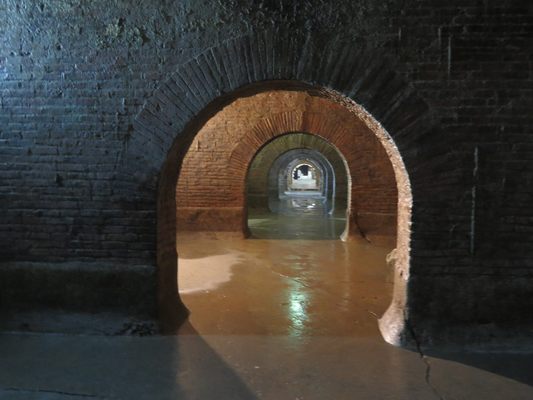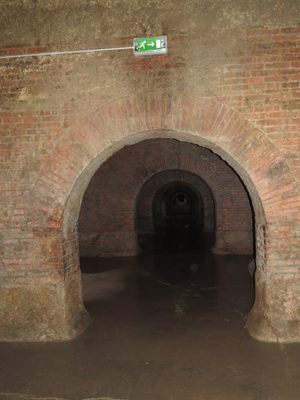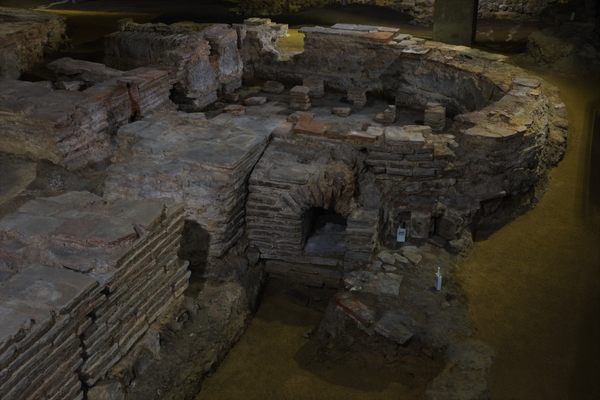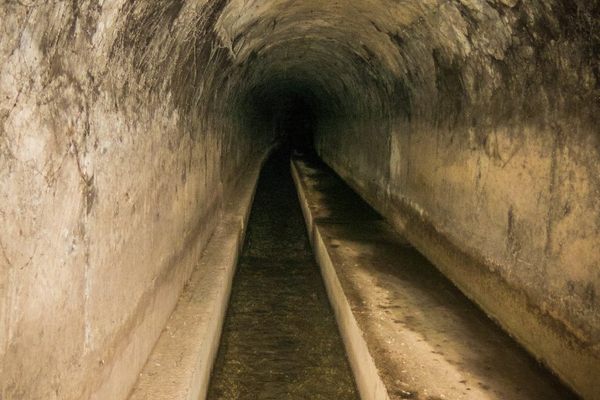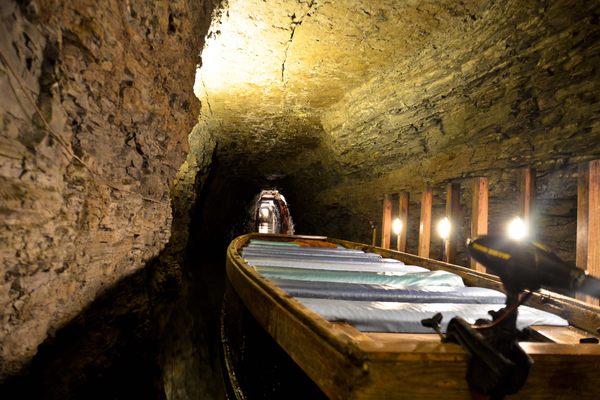About
Through a nondescript doorway on Fermo’s Via degli Aceti, you'll descend a flight of ancient stone steps to find yourself face-to-face with a 2,000-year-old engineering marvel: a remarkably well-preserved Roman cistern. Its scale and scientific ingenuity showcase the remarkable know-how of the Roman city founders who built this hilltop city fortress over 2,000 years ago.
Emperor Augustus commissioned this massively ambitious project in the first century. He intended the water system to provide drinking water for the Roman colony of Firmum Picenum (now Fermo) on Italy’s Adriatic coast. The water was collected from natural springs and rain, and deep under the city’s tufa rock, the engineers built a complex arrangement of graded cisterns and aeration to purify and store the precious resource. Some historians believe the system was also used to provision Roman expeditionary ships in the nearby harbor of Porto San Giorgio.
When the Roman era ended, the subterranean cisterns fell into disuse, becoming a dumping ground for Fermo’s war-weary citizens. In the 13 century, they got a second life when Dominican monks stumbled upon the underground caverns while building a new monastery. Ever practical, the monks used part of this system for their cellar, and you can still see the stairway and chutes they built from their monastery to store wines.
Today’s visitors can marvel at the imprints of the boards used to make ceilings, the cleaning platforms, aeration wells, and traces of the original opus signinum—the mixture of broken-up terracotta and resistant mortar Romans used to waterproof the cisterns.
The system covers more than 21,000 square feet and consists of 30 interconnected tanks in three rows of 10 chambers. Each tank is slightly lower than the next, allowing water to flow slowly from one cistern to another. Water levels were kept at about 28 inches to allow the slow aerating movement of the water from tank to tank, and so sediment could fall to the bottom of successive tanks. Ventilation came from 10 shafts that opened periodically to allow air to circulate in the underground chambers.
During the Second World War, this large underground space became a shelter during bombing raids. You can still see some graffiti scribbled on the walls while the bombs fell. The 2,000-year old system continued to supply water to parts of the city until as recently as the 1980s.
Related Tags
Know Before You Go
Visitors must enter with a guide. Tickets can be bought from the Tourist Office on the ground floor of the nearby Priors’ Palace in the Piazza del Popolo. If you can’t visit Fermo in real life, you can still enjoy a brief virtual tour.
Flavors of Italy: Roman Carbonara, Florentine Steak & Venetian Cocktails
Savor local cuisine across Rome, Florence & Venice.
Book NowPublished
July 1, 2019

